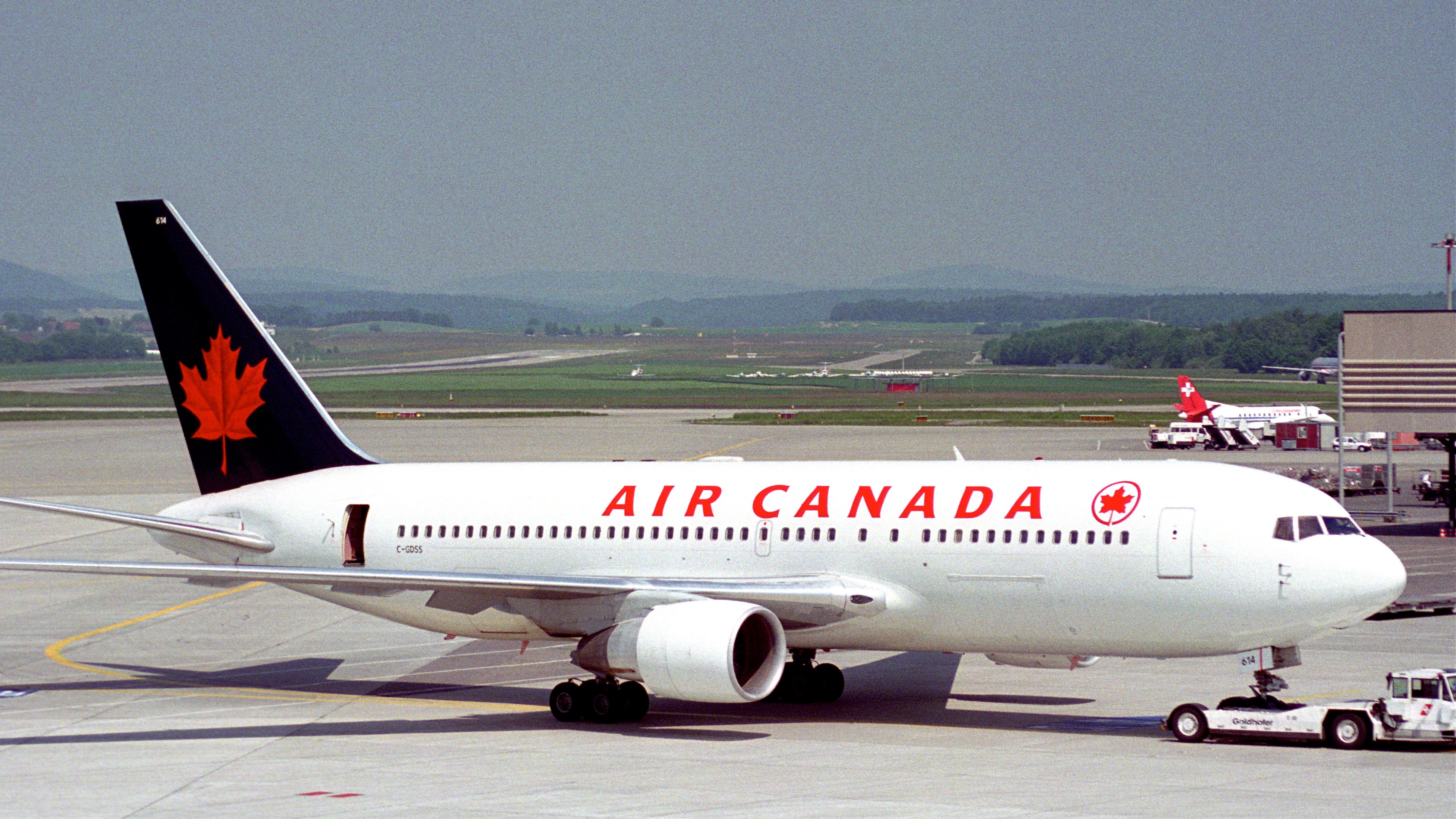Air Canada (TSX:AC)(TSX:AC.B) is performing exceptionally well in 2017 both from a business and shareholder perspective, leaving no question which company is Canada’s leading airline.
Think about it.
Air Canada’s revenue and cash flow have never been higher, its share price is up 87% in 2017, and if Fool contributor Chris MacDonald has anything to say about it, Warren Buffett could become a major shareholder.
There are only two negatives in an otherwise perfect stew.
No more Aeroplan
The first is that Air Canada doesn’t have a credit card partner for its loyalty program to replace Aeroplan, which it started in 1984 but decided to ditch earlier this year. Not to worry. It has a request for proposal out with banks and other financial services companies that, when completed, should add at least $2 billion in value over the next 15 years.
Analysts love Air Canada.
“Air Canada remains our favoured way to play the Canadian airlines as we believe the company’s free cash flow ramp and its focus on deleveraging and margin expansion over the coming years will lead to multiple expansion and attract new investors,” Canaccord Genuity analyst Doug Taylor wrote in a recent note to clients.
Ultra-low-cost carriers key to Canadian success
The ultra-low-cost carrier (ULCC) market should be the biggest concern Air Canada shareholders have about their company. Specifically, where does it stand in the battle for low prices?
Not sure?
Well, you’d better find out, because WestJet Airlines Ltd. (TSX:WJA) just announced it’s calling its ULCC Swoop; headquartered in WestJet’s home city of Calgary, it will begin flying early next summer. If Air Canada is not careful, WestJet could swoop in and kick Calvin Rovinescu and the rest of the gang in Montreal off their perch at the top.
Here’s why.
Fares will be 40% cheaper than current Canadian airfares, while producing the lowest cost per available seat mile, meaning it will still make money, despite the lower fares.
Imagine, Canadians paying less than nosebleed prices for any consumer product or service. It just doesn’t seem right when we’re willing to pay more than 2% annually for mutual fund management fees — some of the highest in the world.
“What we modelled out from an ultra-low-cost carrier perspective is that when we reach 10 aircraft (in spring 2019) and scale economies, we will have the lowest cost of any Canadian ULCC,” said Bob Cummings, the man in charge of launching Swoop. “Looking at the market characteristics, population, land mass and what a network would look like in Canada, we believe there’s really only room for one major ULCC in Canada going forward, and WestJet is best suited to be that ULCC.”
Consumers will welcome the option
As someone who routinely flies Air Canada’s Rouge service to Charlottetown from Toronto, I can definitely attest to the fact that its planes are more cramped than the aircraft it uses for its regular service, while the airfares are outrageous given the distance flown.
I think a lot of consumers in my position will gladly accept cramped seating arrangements on two- to three-hour flights in return for cheaper fares to places like Charlottetown and the like.
If I have to choose between Rouge’s current prices and cramped seating, I will gladly buy a ticket on Swoop and suffer the same fate at a much lower price.
Air Canada: you might be on top, but dare to ignore the economic needs of your customers at your own peril.







